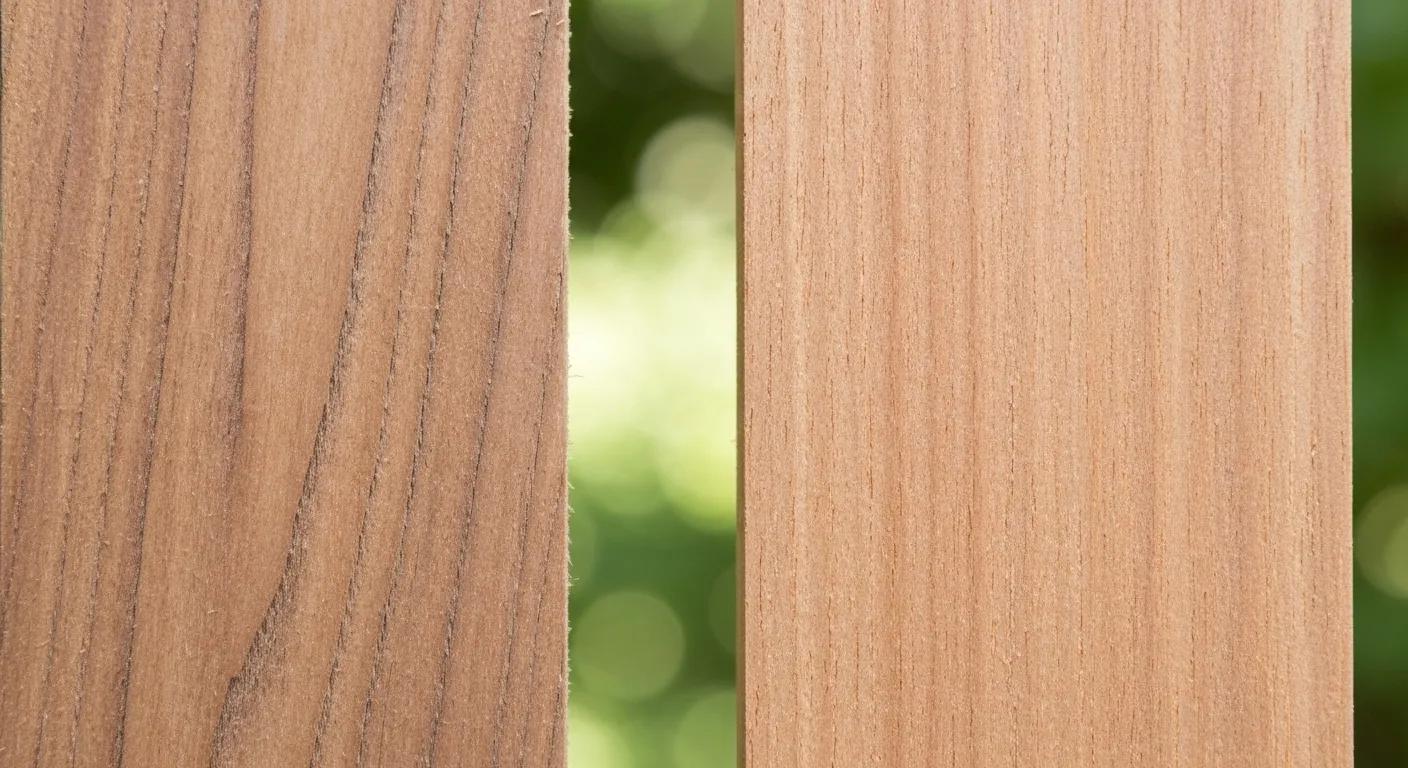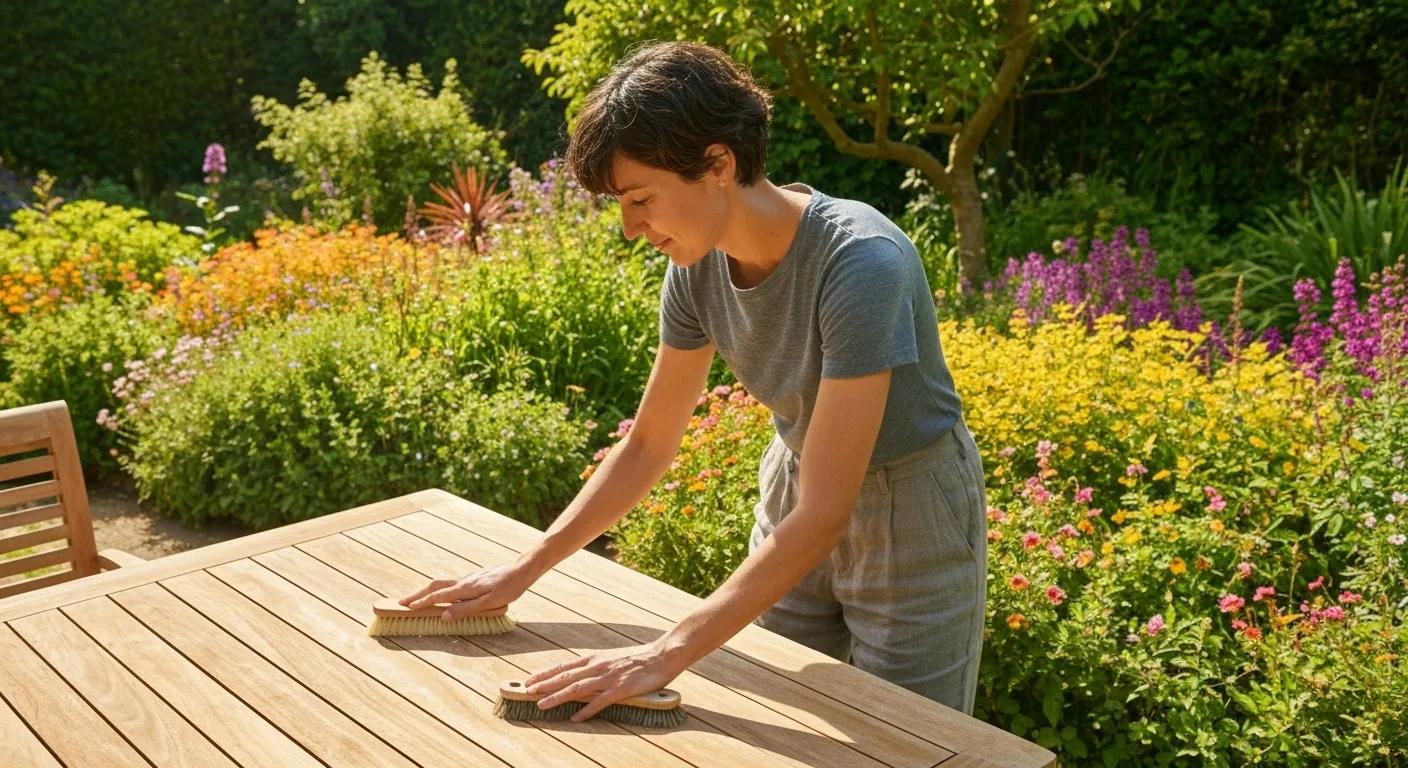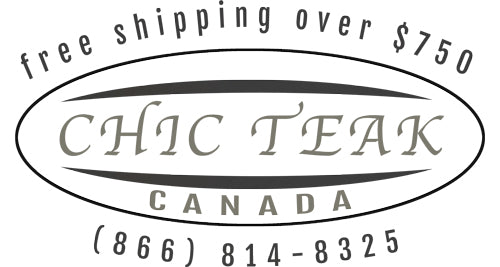Choosing the right wood for outdoor furniture determines how well pieces hold up under sun, rain, humidity, and temperature swings. Teak stands out for its exceptional natural oils and density, making it the benchmark for weather resistance. This article examines why teak is revered, how it compares to Ipe, Mahogany, Acacia, Eucalyptus, and Cedar, which factors influence longevity, how maintenance affects durability, and what cost-benefit and sustainability trade-offs to consider. Along the way, readers can explore premium craftsmanship at Chic Teak | Teak Outdoor Furniture | Shop Online for pieces built to excel outdoors.
Why Is Teak Considered the Gold Standard for Outdoor Weather Resistance?
Teak’s reputation as the ultimate outdoor hardwood stems from its unique combination of natural oils, density, and dimensional stability that repel water and pests while withstanding UV exposure. This foundational performance sets expectations for all comparisons that follow.
Teak Wood Resistant to Extreme Weather: The Ultimate Guide
What Natural Properties Give Teak Superior Weather Resistance?
Teak wood contains high levels of tectoquinone and other natural oils that create a water-repellent barrier, while its dense grain structure resists swelling and shrinkage. For example, the sapwood’s tight cellular makeup limits moisture intrusion, reducing warping under heavy rainfall and intense sun exposure.
Teak Wood: The Essentials Explained | Blog | Treatex Ltd (2024-08-21)
How Does Teak Resist Rot, Decay, and Insects Compared to Other Woods?
Teak’s natural compounds inhibit fungal growth and deter termites without chemical treatments. In contrast, many other species require sealants or preservatives. This built-in rot and insect resistance means teak furniture can last decades in coastal, humid, or shaded settings without advanced rot-proofing.
What Maintenance Does Teak Require to Preserve Its Durability?
Teak demands minimal upkeep: periodic cleaning with mild soap and water and optional furniture wax applications (when used indoors or under cover outside), or teak sealer (for weather exposed teak furniture) to maintain its golden hue. Over time, it ages into a uniform silver-gray patina without structural compromise, so light maintenance routines directly translate into long-term beauty and resilience.
How Does Teak Wood Compare to Other Popular Hardwoods in Outdoor Durability?
Teak sets a high bar, but other hardwoods offer distinct strengths and trade-offs in hardness, longevity, and care. Comparing specific pairs highlights which species best fit different climates and budgets.
The Top 10 Most Weather-Resistant Woods for Your Outdoor Projects (2024-04-29)
What Are the Weather Resistance Differences Between Teak and Ipe?

Both woods excel outdoors, but Ipe’s extreme hardness trades off for greater installation effort and occasional sealing to prevent surface checks. Teak’s natural oils simplify maintenance, while Ipe resists abrasion more effectively.
Teak’s ease of care makes it ideal for furniture, and is the clear winner.
How Does Mahogany’s Weather Resistance and Maintenance Compare to Teak?
Mahogany offers attractive grain and moderate decay resistance but lacks abundant natural oils, requiring regular sealing to prevent cracking and color fading. Teak outperforms with less frequent maintenance and built-in protection.
Mahogany suits covered patios or areas with milder exposure, whereas teak thrives in fully exposed environments without ongoing sealing programs.
Is Acacia a Viable Alternative to Teak for Outdoor Use?
Acacia delivers good hardness and affordability but absorbs water faster and shows greater dimensional movement. Seasonal sealing and close monitoring of cracks keep it serviceable for 10–15 years, whereas teak extends far longer with minimal care.
Acacia wood vs. teak wood for outdoor furniture – Neighbor (2023-06-15)
How Does Eucalyptus Perform Against Teak in Different Climates?
Eucalyptus grows quickly and resists rot, yet its lower oil content makes it prone to checking and splitting in cold temperatures. In temperate or arid zones, properly dried eucalyptus lasts 15–20 years, but genuine teak wood remains more stable across hot, humid, and cold regions.
Eucalyptus Wood: Is It Good for Outdoor Furniture? Discover Why (2025-02-07)
What Are the Durability and Maintenance Differences Between Teak and Cedar?
Cedar is a softwood with natural insect and decay resistance but lower density that yields faster wear and more frequent refinishing. Teak’s higher structural integrity and UV tolerance result in longer life cycles and less sanding or refinishing.
Why Cedar Wood Outperforms Other Timber: Expert Guide to Properties and Uses (2025-02-18)
What Factors Affect the Weather Resistance and Longevity of Outdoor Hardwoods?
Understanding key wood properties and environmental stresses clarifies why some species outlast others by decades.
How Do Natural Oils and Density Influence Wood’s Resistance to Weather?
Natural oils create hydrophobic barriers that prevent water penetration and fungal growth, while density determines structural rigidity and shrink-swell behavior. Woods combining both traits—like teak and Ipe—offer top-tier weather performance with minimal movement under humidity shifts.
Understanding The Properties of Teak Wood - Mys-Teak Hardwood Products (2024-08-21)
What Role Do Rot and Insect Resistance Play in Outdoor Wood Durability?
Rot-resistant compounds discourage fungal enzymes from breaking down cell walls, and insect-deterring chemicals make wood unpalatable to pests. Longevity ranking in outdoor settings often mirrors these protective attributes, with teak, Ipe, and cedar leading the pack.
How Does Climate Impact the Performance of Teak and Other Hardwoods?
Rain, sun, freezing temperatures, and humidity cycles stress wood differently. Teak’s stable cell structure and oils protect it in tropical, temperate, or cold climates, while species with less oil or lower density may swell, crack, or weather prematurely in more extreme conditions.
How Do Maintenance Requirements Impact the Long-Term Durability of Teak vs. Other Hardwoods?
Maintenance routines directly influence lifespan, appearance, and performance under weather exposure.
What Are the Recommended Care Practices for Teak Outdoor Furniture?

Clean teak furniture quarterly with a soft brush and mild detergent, rinse thoroughly, and optionally apply furniture wax (indoors or under cover outdoors), or a teak wood sealer (outdoors), such as SEMCO brand honey tone teak wood sealer annually, or as needed, to refresh color. This regimen preserves surface integrity and supports a lasting silver patina if left untreated.
How to Take Care of Teak Furniture: Care and Maintenance - Patio Productions
How Do Maintenance Needs Differ for Mahogany, Acacia, and Eucalyptus?
- Teak: Requires very little maintenance, just occasional cleanings.
- Mahogany: Apply sealant every 6–12 months to maintain moisture barrier.
- Acacia: Inspect quarterly and fill hairline cracks; reseal seasonally.
- Eucalyptus: Use water-based stain or oil annually to prevent splitting in cold weather.
Differences Between Acacia, Eucalyptus, and Teak Wood in Outdoor Furniture - The Popular (2024-07-10)
Can Proper Maintenance Extend the Lifespan of Less Durable Hardwoods?
Yes, rigorous care like sealing, cleaning, crack repair, can double the service life of woods like Acacia and Cedar. However, the labor and materials often approach or exceed teak’s initial premium, diminishing cost-benefit appeal over decades. Teak wood is by far the best choice for longevity.
What Is the Cost-Benefit Analysis of Choosing Teak Over Other Hardwoods for Outdoor Use?
A holistic view of upfront investment, maintenance outlay, and sustainable sourcing informs the true value of teak wood furniture from Chic Teak.
How Does the Initial Cost of Teak Wood Compare to Other Hardwoods?
Teak commands higher market prices due to limited availability and plantation management, often 25–50% above Acacia or Eucalyptus and 10–20% above Ipe. Budget considerations should factor in anticipated maintenance expenses over time.
Does Teak’s Longevity Justify Its Higher Price?
Teak’s 30–50+ year lifespan with light care delivers lower per-year cost than species requiring frequent resealing or replacement. Owners often recoup premium pricing within a decade through reduced labor, materials, and replacement costs.
Teak Wood: What Is It, Its Uses, And Is It Right For You? - Garden Benches (2024-07-29)
What Are the Environmental and Sustainability Considerations When Choosing Teak?
Responsibly sourced plantation teak supports reforestation and habitat preservation, while some fast-growing alternatives may involve uncertified logging. Verifying FSC certification or equivalent ensures ethical harvesting and long-term forest health. All of the teak wood timber used to manufacture Chic Teak furniture is FSC Certified, sustainably sourced, and responsibly forested.
What is FSC-Certified Teak - Neighbor furniture (2021-06-03)
Teak’s combination of durability, low maintenance, and sustainable sourcing makes it the leading choice for discerning homeowners seeking lasting beauty and performance in outdoor furniture.

